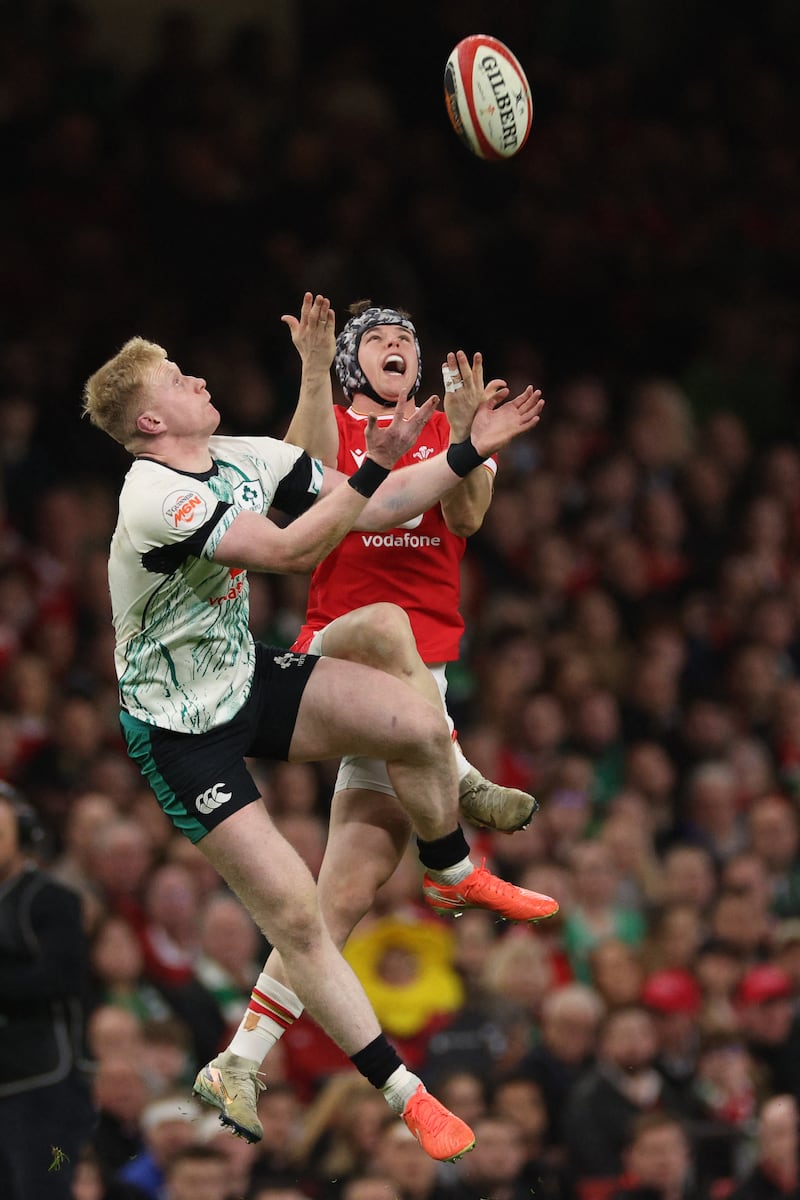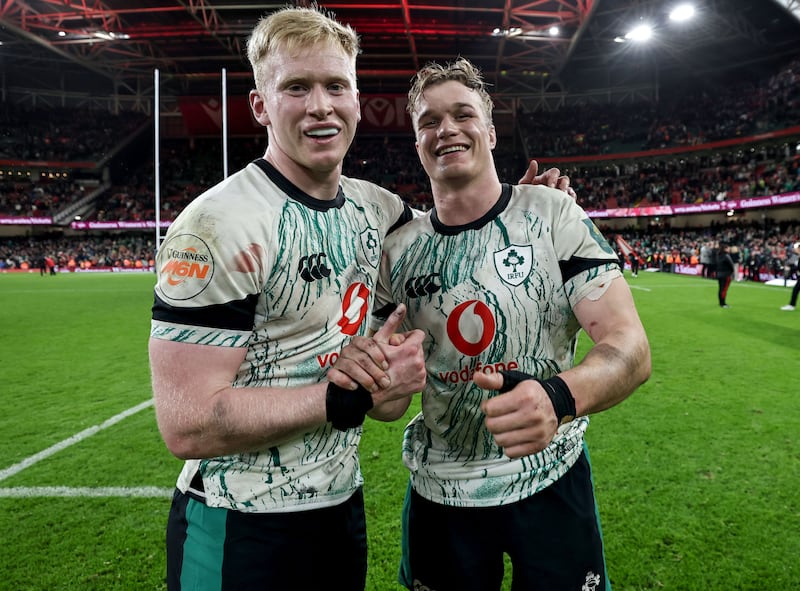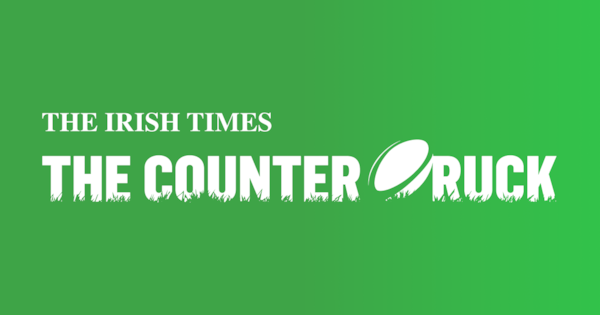The pointy end of the stick in watching Jamie Osborne play rugby is to marvel at his physical prowess, but to do so is a little unjust because there are so many other components. It’s worth looking beyond the athletic qualities.
There is a temptation to regard talent as the facility to catch, pass, run and kick and to judge accordingly. But talent is also about courage, discipline, temperament and determination, which are as integral as physical qualities. Players with a high ceiling have most if not all of those attributes.
Surviving, and ultimately thriving, in elite sport is about being mentally robust, possessing the capacity to put mistakes in a lockbox in real time and embrace the next assignment. Doubt can be the toughest of opponents from which there isn’t a place to hide away, especially at fullback, the loneliest of roles. No drop-off in standard is permitted.
The capacity to do that is forged by experience. Osborne has emerged from a tempering process that gave him the tools to cope. The 23-year-old’s qualities have been recognised from a young age by a flip chart of coaches, if that’s an appropriate collective term, transferable across a variety of positions.
His schoolroom at senior level has been the higher echelons of the sport, at European and Test level, and it says a great deal about his aptitude that he’s been entrusted with key roles. During the summer, in the absence of Hugo Keenan, Osborne was handed the 15 jersey for the first Test against South Africa in Pretoria: quite the cauldron for a first cap.
Andy Farrell’s faith was rewarded with a try-scoring display from his fledgling fullback before the Naas man limped off with an injury on 49 minutes. Osborne’s performance grew from early jitters and a couple of mistakes to a burgeoning confidence and quality that carried over into the second Test in Durban, where he produced a tour de force.

Counter-intuitively, it was better that Osborne’s experiences weren’t picture-perfect because it shone a light on his ability to cope with adversity. A modest sliver of game time in the Autumn Nations Series, one curtailed by injury, must have been been frustrating, but getting to be a principal at the Principality represented a vote of confidence.
Especially considering he was replacing Keenan, Ireland’s rugby bellwether when it comes to consistent excellence. Osborne once again had to endure nerve-fraying early moments, taken out while waiting under Welsh scrumhalf Tomos Williams’s box-kick after 33 seconds, with the clash deemed to have been a rugby collision by referee Christophe Ridley.
Wales wing Tom Rogers beat Osborne in the air soon after when contesting a crossfield, mongrel kick of a high ball. There followed other tiny frustrations, a sliced clearance and a couple of passes that didn’t go to hand, albeit he was sinned against rather than sinning in those moments.
There was one exception. On 29 minutes Ireland produced arguably their most fluent and effective piece of backline synergy to work the ball to Osborne, with Garry Ringrose unmarked and hugging the touchline outside him approaching the red zone. Wales were in scramble mode, but it would have been a futile pursuit had the pass gone to hand.
Osborne’s decision to fire the pass early was the correct one but the execution was flawed and gave Ringrose no chance. The fullback pounded the turf in frustration. It would have taken Ireland a dozen points clear, more if the try had been converted, and would have posed a different set of questions to a Welsh team that had known only defeat in their 14 previous outings.
It didn’t eradicate all the good things that he had already contributed at that point in the match, aerially, and in a couple of carries, but, more importantly, nor did it inhibit him from pushing himself forward to the frontline of the contest time and again.

There was a great high ball take on 44 minutes, and a lovely sidestep on Welsh flanker Tommy Reffell followed before Osborne produced a seminal moment in terms of the outcome. James Lowe claimed in a post-match interview that he heard his team-mate’s shout to tap the crosskick from Jamison Gibson-Park back into play.
Lowe accommodated the request superbly and Osborne clamped on to the ball as if claiming a prized possession before he dotted down. It wasn’t about redemption, but in that moment, at that juncture, it might have felt redemptive for the player.
Osborne caught the restart and put his laces through the clearance, 60 metres down the pitch, and when Wales took to the skies again in the next sequence of play, he rose to claim the ball. And in the final eight minutes he demonstrated different qualities in defence.
He hustled from touchline to touchline to help Mack Hansen do enough to thwart Welsh wing Ellis Mee. Osborne’s arrival, timely and distracting and ultimately try saving, was reward for the integrity of his effort. His final task was to tidy up a grubber kick.
Keenan remains Ireland’s first-choice fullback but for Osborne every minute in the Test arena is invaluable. It goes beyond the individual benefit, which is something to which interim Ireland head coach Simon Easterby alluded before the match. It’s about increasing exposure and numbers at that blue-riband standard. Osborne has proven a safe pair of hands.
















